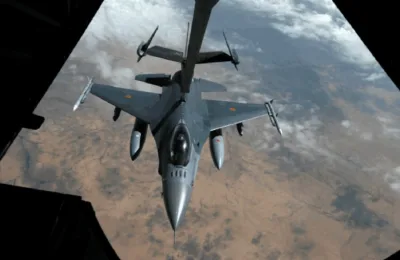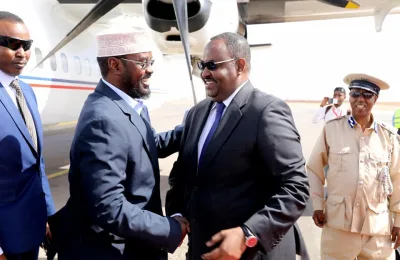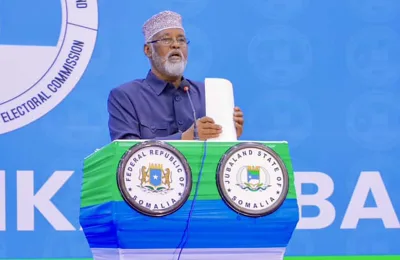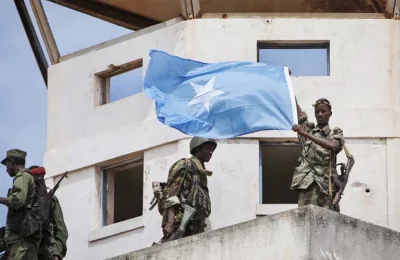DUBAI (Reuters) – Iran said on Saturday it had mistakenly shot down a Ukrainian plane killing…
DUBAI (Reuters) – Iran said on Saturday it had mistakenly shot down a Ukrainian plane killing all 176 aboard and voiced deep regret, after initially denying it brought down the aircraft in the tense aftermath of Iranian missile strikes on U.S. targets in Iraq.
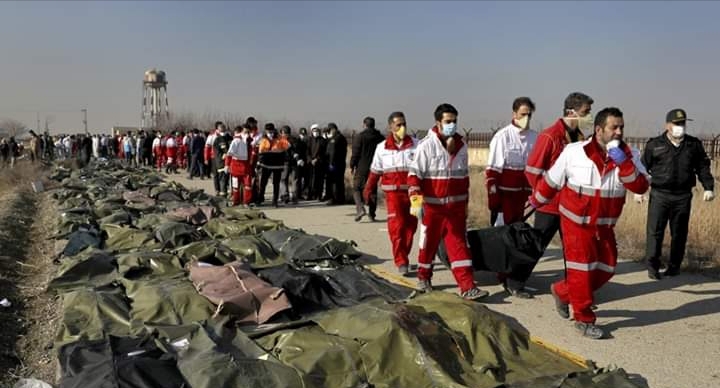
Wednesday’s crash heightened pressure on Iran after months of friction with the United States and tit-for-tat attacks. A U.S. drone strike had killed an Iranian general in Iraq on Jan. 3, prompting Tehran to fire at U.S. targets on Wednesday.
Canada, which had 57 citizens on board, and the United States both said they believed an Iranian missile brought down the aircraft although they said it was probably an accident. Canada’s foreign minister had told Iran “the world is watching.”
Responding to Iran’s U-turn, Ukraine’s President Volodymyr Zelenskiy said he wanted an official apology and full cooperation, demanding those responsible to be held to account.
“The Islamic Republic of Iran deeply regrets this disastrous mistake,” Iranian President Hassan Rouhani wrote on Twitter, promising those behind the incident would be prosecuted. “My thoughts and prayers go to all the mourning families.”
Experts said mounting international scrutiny would have made it all but impossible to hide signs of a missile strike in an investigation and Iran may have felt a swift policy reversal was better than battling rising criticism abroad, as well as facing growing anger and grief over the crash at home.
Many victims were Iranians with dual nationality.
Iran’s Foreign Minister Mohammad Javad Zarif wrote on Twitter that “human error at time of crisis caused by U.S. adventurism led to disaster,” citing an initial armed forces investigation into the crash of the Boeing 737-800.
An Iranian military statement, the first to indicate Iran’s shift in position, said the plane had flown close to a sensitive military site belonging to the elite Revolutionary Guards.
It said that, at the time, planes had been spotted on radar near strategic sites which led to “further alertness” in air defense units, adding that responsible parties would be referred to a judicial department in the military.
TELL-TALE SIGNS
Ukraine’s Foreign Minister Vadym Prystaiko had said on Friday that the plane was following a normal flight corridor.
Experts said a probe would almost certainly have shown up tell-tale holes and other signs on the remains of the fuselage that a missile was to blame for the incident.
“There’s nothing you can do to cover it up or hide it,” said Anthony Brickhouse, an air safety expert at Embry-Riddle Aeronautical University and former U.S. National Transportation Safety Board investigator. “Evidence is evidence.”
Former U.S. Federal Aviation Administration accident investigator, Mike Daniel, told Reuters: “When the facts and evidence started coming out, I think it was inevitable that the government of Iran (would) accept culpability.”
The White House did not immediately respond to a request for comment.
Mobile phone footage posted and circulated by ordinary Iranians on Twitter after the crash had indicated that it came down in a ball of flames and exploded as it struck the ground.
Iran had said on Thursday it would download the information from voice and flight data recorders, known as black boxes, to determine what had happened, although it had said the process could take one to two months. General view of the debris of the Ukraine International Airlines, flight PS752, Boeing 737-800 plane that crashed after take-off from Iran’s Imam Khomeini airport, on the outskirts of Tehran, Iran January 8, 2020 is seen in this screen grab obtained from a social media video via REUTERS
Tehran had said it could ask Russia, Canada, France or Ukraine for help, saying an investigation could take one or two years.
PUBLIC GRIEF
In its initial denials, Iran had said accusations that a missile was to blame were “psychological warfare”.
Grief-stricken Iranians and others posted images related to the crash. Many complained Iran’s authorities had spent too much time trying to fend off criticism over the disaster instead of offering condolences and sympathizing with victims.
One image circulating on social media showed a child’s red shoe in the dirt. Another was a selfie of a mother and daughter in their seats, sent to a loved one just before takeoff.
“Why were any civilian airlines flying out of Tehran airport in those conditions?” a user named Shiva Balaghi wrote on Twitter.
Ukraine had been looking at various possible causes of the crash, including an attack by a Russian-made missile, a collision, an engine explosion or terrorism.
A U.S. official had said data showed the plane airborne for two minutes after departing Tehran when heat signatures of two surface-to-air missiles were detected. There was an explosion in the vicinity and heat data showed the plane on fire as it fell. U.S. military satellites detect infrared emissions from heat.
U.S. President Donald Trump had said “somebody could have made a mistake.”
The disaster had echoes of an incident in 1988, when the U.S. warship USS Vincennes shot down an Iranian airliner, killing 290 people. Washington said it was a tragic accident. Tehran said it was intentional.
Source:Reuters



